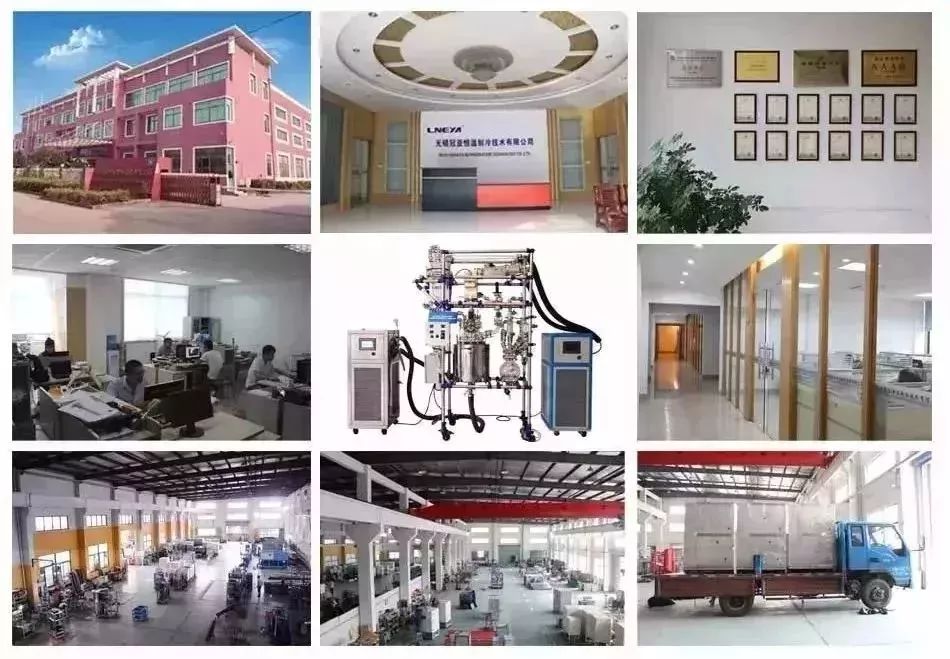The principle of LNEYA chiller
Industrial chillers are commonly used to cool products and machinery for a variety of different applications, including injection molding, tools and die cutting, food and beverage, chemicals, lasers, machine tools, semiconductors and more.
In most process cooling applications, the pumping system circulates cold water or water/glycol solution from the chiller to the process. This cooled fluid removes heat from the process and the warm fluid returns to the cooler. Process water is a means of transferring heat from the process to the cooler.
The process cooler contains a compound called a refrigerant. There are many types of refrigerants and applications depending on the temperature required, but they are all based on the fundamental principle of compression and phase change of the refrigerant from liquid to gas and back to liquid. This process of heating and cooling the refrigerant and changing it from a gas to a liquid and returning again is a refrigeration cycle.

The refrigeration cycle begins with a low pressure liquid/gas mixture entering the evaporator. In the evaporator, heat from the process water or water/glycol solution causes the refrigerant to boil and the refrigerant to change from a low pressure liquid to a low pressure gas. The low pressure gas enters the compressor where it is compressed into a high pressure gas. The high pressure gas enters the condenser, and the ambient air or condenser water removes heat and cools it into a high pressure liquid. The high pressure liquid moves to the expansion valve, controlling the amount of liquid refrigerant entering the evaporator, including restarting the refrigeration cycle.
LNEYA air-cooled cooling equipment uses ambient air to cool and condense hot refrigerant gas back into the liquid. It can be located inside the cooler or can be remotely located outside, but in the end it will block the heat from the cooler to the air. In a water-cooled condenser, water from the cooling tower cools and condenses the refrigerant.
Related recommendations
-
The benefits of choosing a cryostat
1338The temperature of the effluent of the cryogenic refrigerator is very low, so the carrier medium can not be used for water (the water will freeze when it reaches 0 ° C). At this time, it is necessary to use a brine solution or a glycol solution, a...
View details -
Temperature control thermostat equipped with microchannel reactor
1320microchannel reactor temperature control
View details -
What is the role of the reactor refrigeration and heating circulator? How to choose?
1013The refrigeration and heating circulator is a device that can provide precise temperature control for the reactor. It can realize heating and cooling functions at the same time. It is suitable for chemical reaction processes that require p...
View details -
The Function Introduction of Heating Cooling Translator
997The HR series heating and cooling circulators produced by wuxi guanya can provide the circulation devices of cold source and heat source, with a wide range of work. They are used in pharmaceutical, chemical, biological and other industries, provid...
View details
 LNEYA Industrial Chillers Manufacturer Supplier
LNEYA Industrial Chillers Manufacturer Supplier











